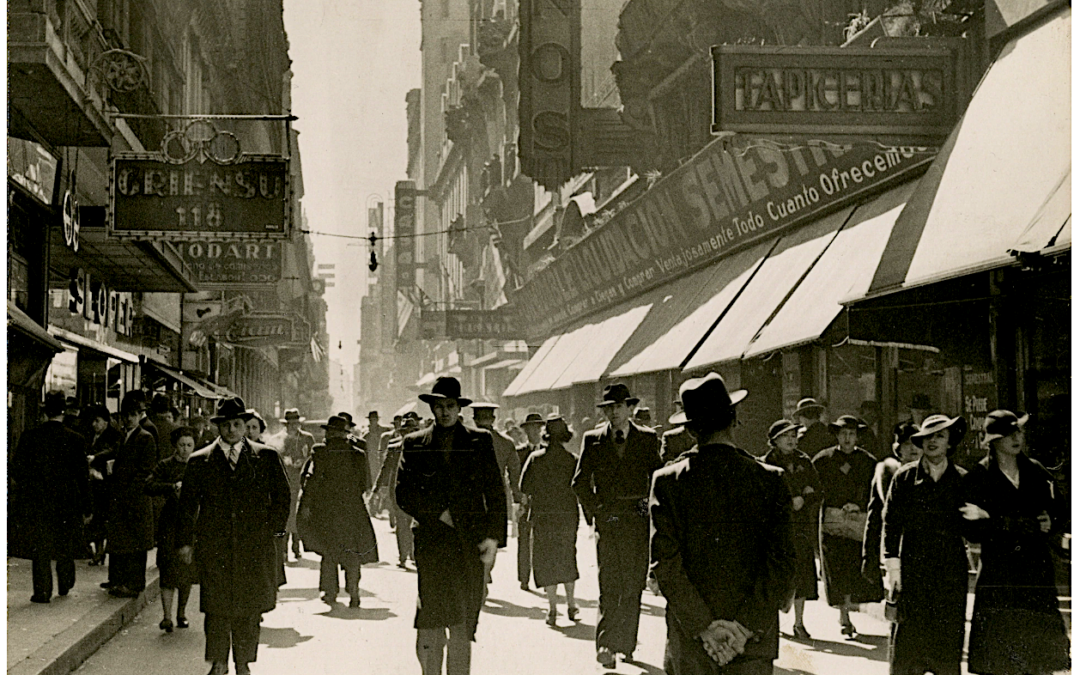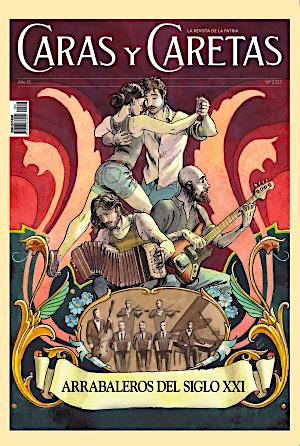The Argentine Tango is a cultural phenomenon that resonates within those who believe dancing is a way to connect oneself with people from all cultural and social backgrounds. This dance has proven to be beyond time, it has survived two great worlds, military regimes, national/international economic crises and constant waves of new music-dance fashions. It embodies resilience and resistance at its very core but it is up to us all to keep building up upon this strength with an honest appreciation for its human and social value.
“Tango Culture is an example of a cultural sedimentation’s process and it constitutes by itself, along its different stages, an exceptional example of social transformation across time. In general, Tango is a particular form of expression created by individuals and groups from different origins who lived together under precarious and unstable circumstances, far away from their original countries and roots (the immigrants) far away from their own nature [former gauchos], or descendants of slaves [representing the African American people in the region].” UNESCO
Tango in the 21st Century
“The tango is elegant, formal, passionate and intimate. It is about power and vulnerability, it is both dance and metaphor.” -Jenny Scott
In modern societies, our bodies face daily challenges with urban areas being probably the places where the body has more chances to become quite invisible or lost in crowds, almost dissolved in daily routines. The action of cultivating dance practices plays an important role in reinstating the value of the body in our contemporary world, certainly, it is possibly the most direct way to connect us to a societal landscape.
When you dance Tango it challenges you at many levels: emotionally, physically and certainly socially. As we experience it as a dance form a surface of ‘moments’ appear that we can link to concepts of balance, suspension, stillness…dynamics or perhaps Borges could give us a better definition: “The tango is a direct expression of something that poets have often tried to state in words: the belief that a fight may be a celebration.”
The Argentine Tango as culture proposes an aesthetic that goes beyond the search for physical beauty or grace, it goes deeper, underneath our own vulnerabilities and wealth of emotions. By taking this path perhaps we can find the reason behind tango’s timeless successes in captivating aficionados in many parts of the globe and across eras, hence declaring Tango without doubt as a synonym for survival. This musical and dance genre is here to stay with open arms for evolution, fusions, natural transformations and yet firmly rooted in its essence, meaning, legacy and tradition.
“My liberty doesn’t count the years that I have lived,
The unwavering pastor of my eternal dreams.
My liberty leaves me and I am but a poor spectator.
My liberty calls me and I come back in suits and with wings”.-Extract from Libertango (Freetango) by Horacio Ferrer
Imagen then Tango like a tree with many branches that are born from a powerful lasting trunk with long, deep roots. A tree for us all to be part of and to care about.
Other Credits
Written by M Ojeda. January 3, 2020.
Pic 1. Buenos Aires by Horacio Coppola
Pic 2 Front cover of Caras y Caretas, a weekly magazine of Argentina published from 1898 to 1941 in its first period of existence.
To learn Tango online go to:


